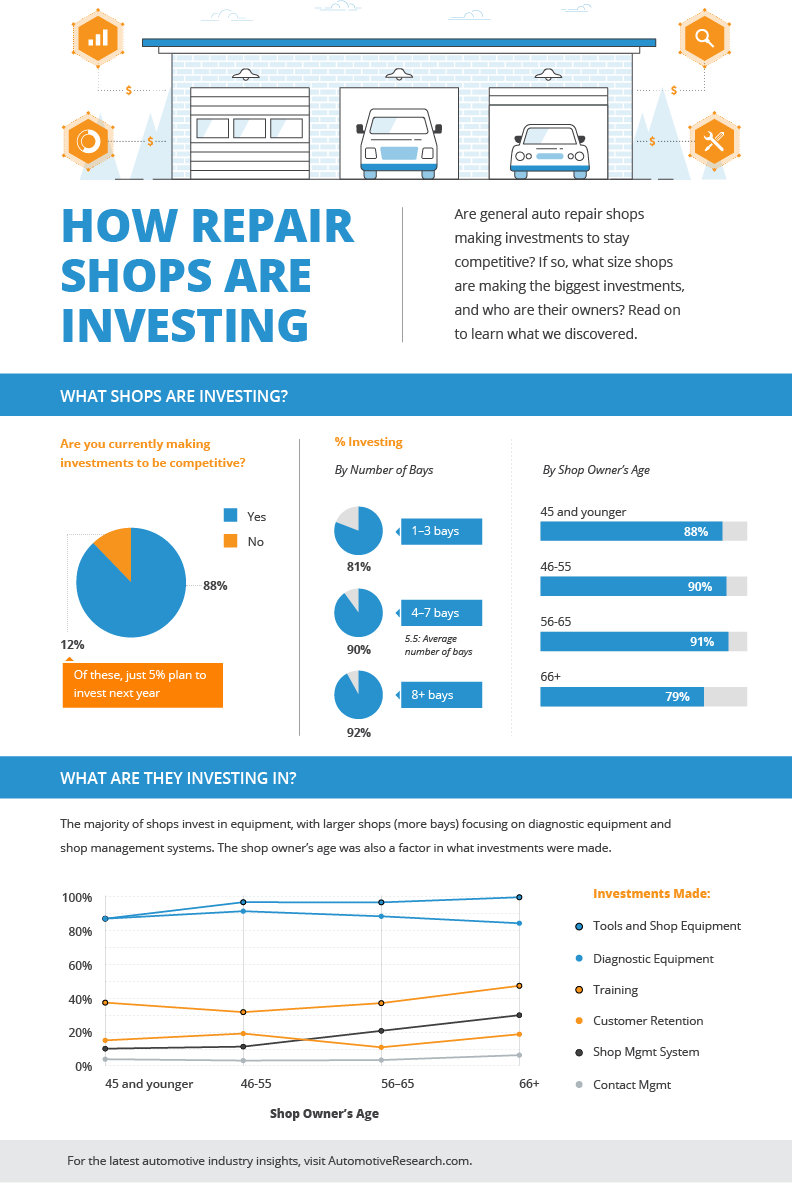Wondering Concerning The Definition Behind Those Control Panel Warning Lights? Gain Insights Into Their Implications For Your Vehicle'S Safety And Upkeep
Wondering Concerning The Definition Behind Those Control Panel Warning Lights? Gain Insights Into Their Implications For Your Vehicle'S Safety And Upkeep
Blog Article
Web Content Create By-Samuelsen Stark
When you lag the wheel, those radiant caution lights on your control panel can be a bit difficult. Do you understand what they're attempting to inform you regarding your cars and truck's health? Comprehending the importance of these lights is vital for your safety and the durability of your car. So, the following time among those lights turns up, wouldn't you want to understand its message accurately and take the essential steps to address it?
Common Warning Lighting and Interpretations
Recognize typical warning lights in your vehicle and recognize their definitions to make certain secure driving.
One of the most common warning lights include the check engine light, which signals issues with the engine or discharges system. If this light comes on, it's important to have your car inspected promptly.
The oil stress alerting light suggests reduced oil stress, requiring prompt focus to prevent engine damage.
A blinking battery light might recommend a malfunctioning billing system, possibly leaving you stranded if not attended to.
The tire pressure tracking system (TPMS) light notifies you to low tire pressure, influencing car stability and gas performance. Ignoring this can cause risky driving conditions.
The ABS light indicates a problem with the anti-lock stopping system, jeopardizing your capacity to stop quickly in emergency situations.
Lastly, the coolant temperature warning light warns of engine overheating, which can result in extreme damage if not settled promptly.
Understanding these typical warning lights will certainly help you deal with issues without delay and maintain risk-free driving problems.
Relevance of Prompt Interest
Recognizing the usual caution lights in your car is just the initial step; the significance of immediately resolving these cautions can not be stressed enough to guarantee your safety and security when driving.
When a caution light brightens on your dashboard, it's your cars and truck's method of connecting a possible issue that needs focus. Ignoring these cautions can bring about a lot more serious troubles down the road, jeopardizing your security and potentially costing you more in repairs.
Trigger attention to cautioning lights can stop break downs and accidents. As an example, a blinking check engine light might indicate a misfire that, if left ignored, can cause damages to the catalytic converter. Addressing this without delay can conserve you from a costly repair.
Likewise, a brake system cautioning light may signify reduced brake liquid or worn brake pads, essential components for your security when driving.
Do It Yourself Troubleshooting Tips
If you discover a warning light on your dashboard, there are a couple of DIY fixing suggestions you can attempt before looking for specialist help.
The initial step is to consult your cars and truck's handbook to comprehend what the certain warning light indicates. Occasionally the concern can be as simple as a loosened gas cap activating the check engine light. Tightening the gas cap may solve the issue.
One more typical issue is a reduced battery, which can set off numerous cautioning lights. Checking the battery links for deterioration and ensuring they're secure might deal with the trouble.
If a warning light persists, you can attempt resetting it by separating the car's battery for a couple of minutes and then reconnecting it. Additionally, inspecting your automobile's liquid levels, such as oil, coolant, and brake fluid, can aid troubleshoot alerting lights associated with these systems.
mouse click the next page
In conclusion, recognizing your vehicle's warning lights is crucial for keeping your automobile running efficiently and securely. By quickly dealing with these signals and recognizing what they suggest, you can stay clear of expensive fixings and potential breakdowns.
Keep in Read the Full Post to consult your cars and truck's guidebook for certain information on each advising light and act appropriately to guarantee a hassle-free driving experience.
Stay informed, remain risk-free when driving!
